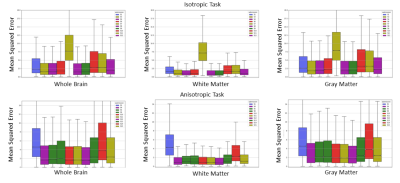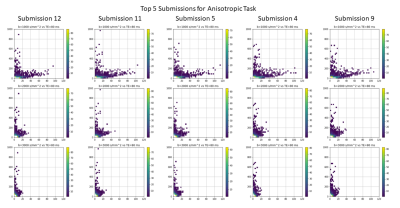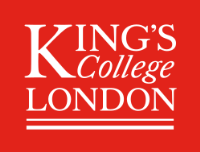Vishwesh Nath1, Marco Pizzolato2,3, Marco Palombo4, Noemi Gyori4, Kurt G Schilling5, Colin Hansen6, Qi Yang6, Praitayini Kanakaraj6, Bennett A Landman6, Soumick Chatterjee7, Alessandro Sciarra7, Max Duennwald7, Steffen Oeltze-Jafra7, Andreas Nuernberger7, Oliver Speck7, Tomasz Pieciak 8, Marcin Baranek8, Kamil Bartocha8, Dominika Ciupek8, Fabian Bogusz8, Azam Hamidinekoo9, Maryam Afzali 10, Harry Lin4, Danny C Alexander4, Haoyu Lan11, Farshid Sepehrband11, Zifei Liang12, Tung-Yeh Wu13, Ching-Wei Su13, Qian-Hua Wu13, Zi-You Liu13, Yi-Ping Chao13, Enes Albay14, Gozde Unal14, Dmytro Pylypenko13, Xinyu Ye13, Fan Zhang15, and Jana Hutter16
1NVIDIA Corporation, Bethesda, MD, United States, 2Department of Applied Mathematics and Computer Science, Technical University of Denmark, Kongens Lyngby, Denmark, 3École polytechnique fédérale de Lausanne (EPFL), Lausanne, Switzerland, 4CMIC, University College London, London, United Kingdom, 5Institute of Imaging Science, Vanterbilt University, Nashville, TN, United States, 6Department of Computer Science, Vanterbilt University, Nashville, TN, United States, 7Otto von Guericke University, Magdeburg, Germany, 8AGH University of Science and Technology, Krakow, Poland, 9Institute of Cancer Research, London, United Kingdom, 10CUBRIC, Cardiff University, Cardiff, United Kingdom, 11University of Southern California, Los Angeles, CA, United States, 12NYU Langone, New York, NY, United States, 13Center for Biomedical Imaging Research, Department of Biomedical Engineering, Tsinghua University, Beijing, China, 14Istanbul Technical University, Istanbul, Turkey, 15Harvard Medical School, Boston, MA, United States, 16Centre for Medical Engineering, King's College London, London, United Kingdom
1NVIDIA Corporation, Bethesda, MD, United States, 2Department of Applied Mathematics and Computer Science, Technical University of Denmark, Kongens Lyngby, Denmark, 3École polytechnique fédérale de Lausanne (EPFL), Lausanne, Switzerland, 4CMIC, University College London, London, United Kingdom, 5Institute of Imaging Science, Vanterbilt University, Nashville, TN, United States, 6Department of Computer Science, Vanterbilt University, Nashville, TN, United States, 7Otto von Guericke University, Magdeburg, Germany, 8AGH University of Science and Technology, Krakow, Poland, 9Institute of Cancer Research, London, United Kingdom, 10CUBRIC, Cardiff University, Cardiff, United Kingdom, 11University of Southern California, Los Angeles, CA, United States, 12NYU Langone, New York, NY, United States, 13Center for Biomedical Imaging Research, Department of Biomedical Engineering, Tsinghua University, Beijing, China, 14Istanbul Technical University, Istanbul, Turkey, 15Harvard Medical School, Boston, MA, United States, 16Centre for Medical Engineering, King's College London, London, United Kingdom
Results for a superresolution challenge addressing the long acquisition times in diffusion-relaxometry MRI are presented. Multiple methods were proposed, based on both deep-learning and classical mathematical transformations with the top 5 resulting interestingly in comparable errors.

Figure 3: Quantitative error for selected submissions (we show only the submission with the lowest errors). First row: MSE for isotropic upsampling task of the whole brain, white matter and gray matter. It can be observed that the competing top 5 submissions indicate quite similar errors. Second row: Mean squared error for anisotropic task of the whole brain, white matter and gray matter.

